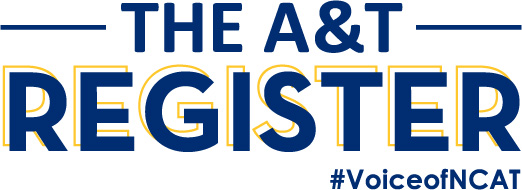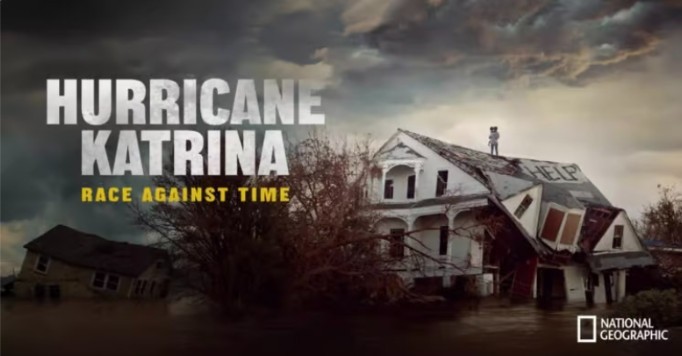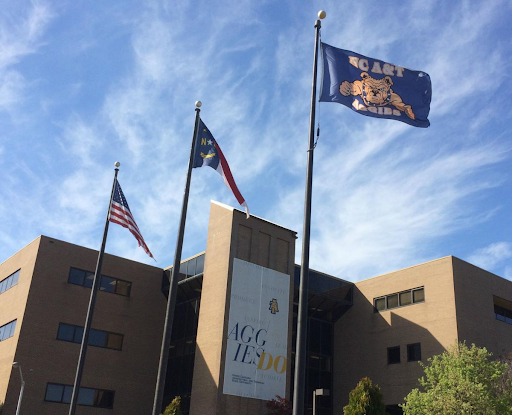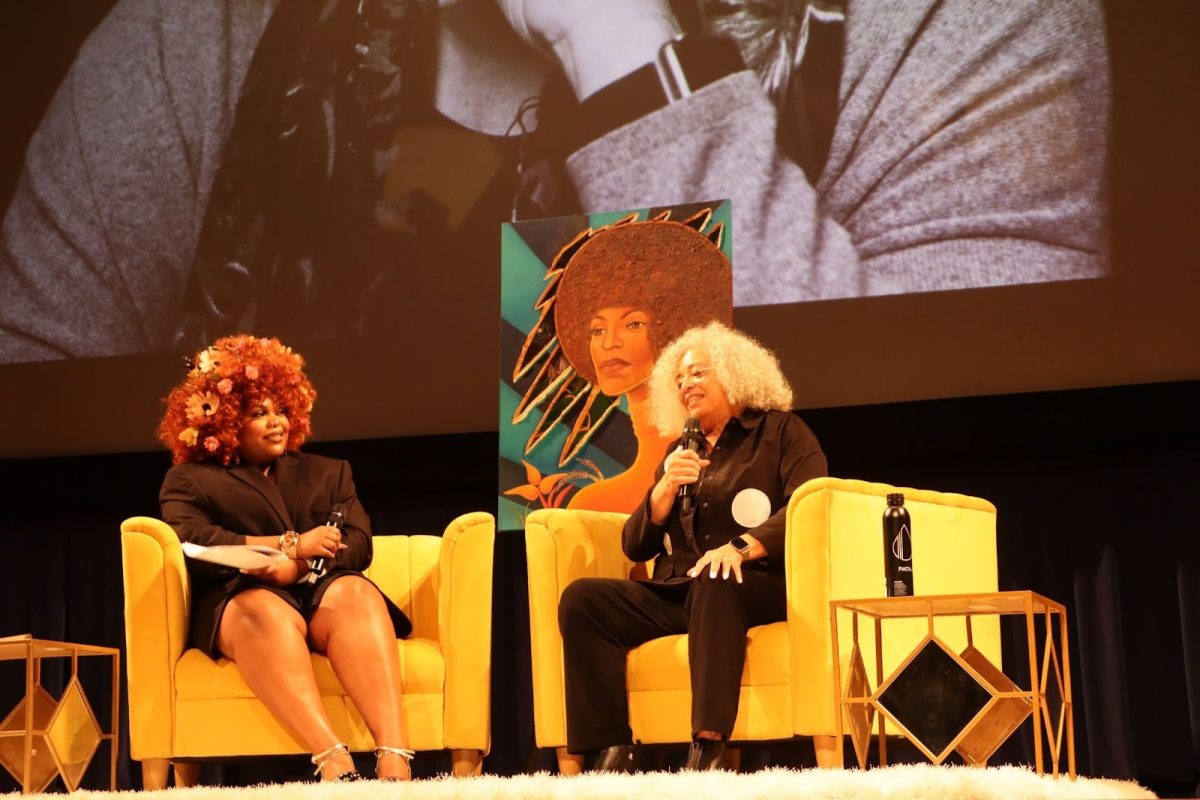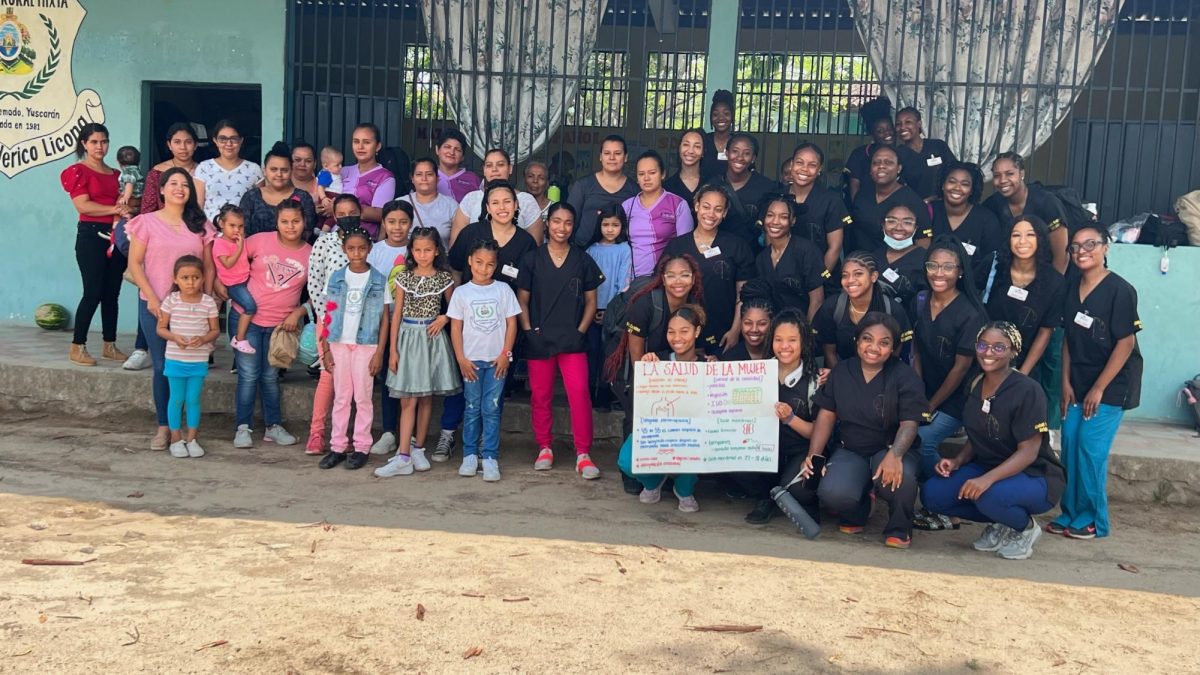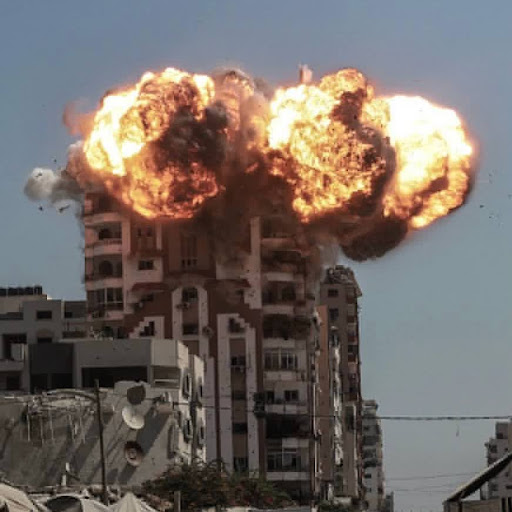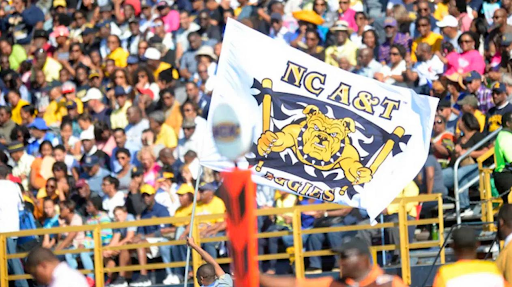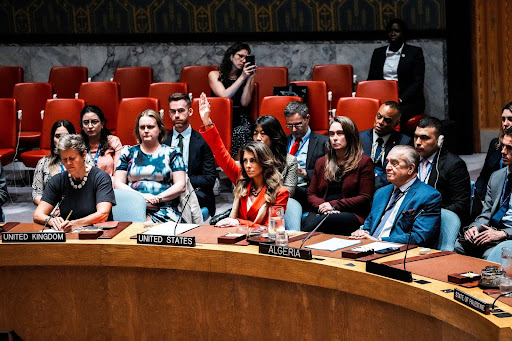The lights dimmed in Crosby Hall as students from A&T’s journalism and mass communication program gathered to watch National Geographic’s “Hurricane Katrina” documentary directed by Traci A. Curry and executive producers Ryan Coogler, Zinzi Coogler, and Sev Ohanian.
The documentary, screened as part of a department event, revisited one of America’s most devastating natural disasters through raw footage and survivor accounts. But for many in the audience, it was less about the storm itself and more about what it revealed about media bias, government neglect, and the treatment of Black communities in moments of crisis.
The documentary, according to a student whose family experienced the storm in New Orleans, shed light on how “a lot of misunderstanding” and “lack of urgency” influenced the response.
“There was so much confusion about what really happened and how the government handled things,” the student said. “It was interesting to get more perspective, especially about the tension between FEMA and local officials.”
Their comments reflected a sentiment that resonated throughout the room: that the disaster was not just natural but deeply social, exposing how race and class determine whose lives are prioritized in times of crisis.
Released in 2005, Hurricane Katrina struck the Gulf Coast as a Category 5 storm, flooding nearly eighty percent of New Orleans and displacing more than a million residents. The catastrophe claimed over 1,800 lives and exposed deep racial and economic inequalities in the U.S.
Other students drew connections between Katrina and their future roles as journalists, public relations professionals, and communicators.
“This documentary felt really important for us,” one journalism student said. “We’re going to be the ones reporting the news, and it showed how miscommunication can turn into a domino effect. People didn’t get help because of how things were reported. These are people’s lives.”
In the documentary, footage showed how quickly rumor and fear spread through New Orleans from reports of “snipers” to exaggerated claims of chaos that deterred aid. Students noted how those early narratives shaped public opinion and slowed the government’s response.
“Different news coverage, especially around the shootings, made people afraid to help,” one student said. “It really shows how important your role is when you’re telling a story.”
The film also sparked a broader reflection on the ethics of journalism, especially the tension between documenting tragedy and recognizing human suffering. In one scene, a journalist admitted he had to put down his camera to help survivors instead of chasing the perfect shot.
Even outside journalism, the message resonated. A public relations student emphasized the importance of having communication professionals involved in every part of disaster response.
“We need to make sure there are communicators at the table,” the student said. “Sometimes people think PR is just about image, but in a crisis like this, it’s about clarity, truth and making sure people get the right information. Miscommunication can cost lives.”
What began as a film screening became a dialogue about history, bias, and the responsibility of young Black storytellers. What united them was a shared realization that storytelling is power. Who held the microphone and what images made it to air shaped the world’s perception of Katrina in 2005. For students preparing to step into media careers, that realization is both a warning and a challenge.
Nearly two decades later, “Hurricane Katrina” is not just a lesson in weather or politics; it is a study in humanity.
